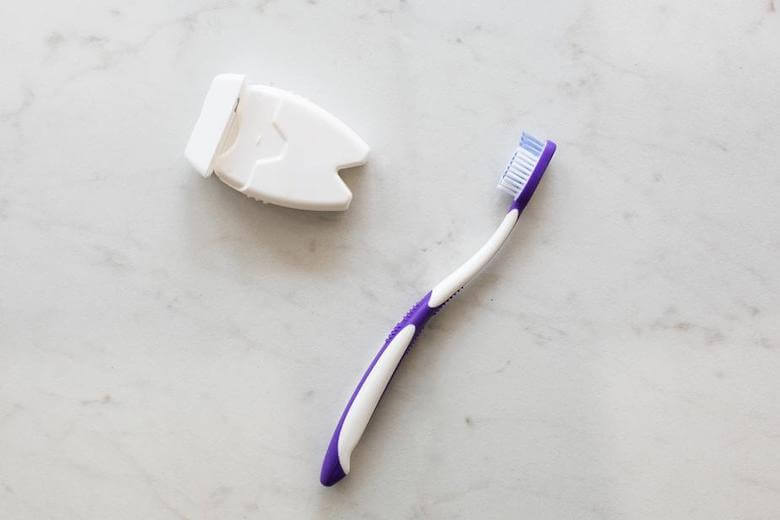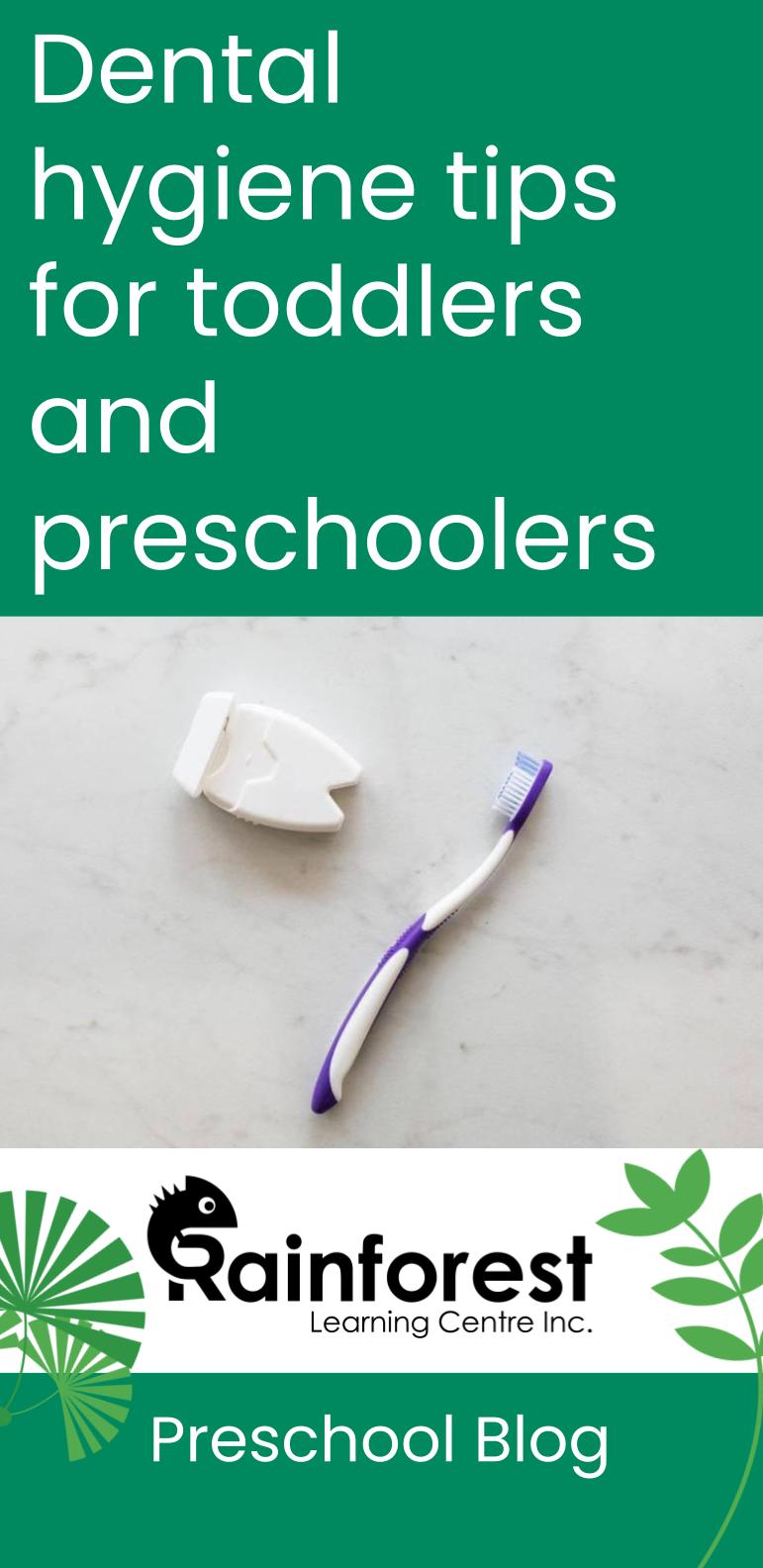
Being a physically healthy toddler or preschooler is not just about eating good food and getting exercise. It involves several factors, including bodily hygiene and dental hygiene. It may surprise some new parents to know that dental health begins as a baby. Babies get their first bottom teeth around 6 months of age. By 36 months (3 years old), they have about 20 teeth. It is very important to start good dental hygiene habits as soon as possible, for their long-term health.
Baby teeth are not ‘throw away’ teeth. Yes, children will get new ones when they are about 6 or 7 years old. However, a child’s first teeth are critical to speech development. They make way for adult teeth and jaw structure. Of course, they help a child digest food, too. Tooth decay in this stage can be just as uncomfortable as it would be in adult teeth; so it’s not a light matter to keep baby mouths clean. A dentist in this video explains more.
In this article, we’ll give some tips on how to care for toddler and preschooler teeth.
Get an early start by forming fun teeth brushing habits
Practicing cleanliness on baby teeth can be impactful; it can set them up for success when it comes time to learn how to brush teeth in childhood. You may have fewer fusses as they get older. That’s when the ‘real’ feistiness begins (all parents of preschoolers know what we’re talking about!). Routines that you start early, and consistently, are very important – and not just for dental hygiene.
As this dad on YouTube describes, one major trick is to make teeth brushing fun. You can do this by:
Letting kids pick out their tooth brush
We know what you might be thinking; toothbrushes with cartoon characters on them that light up and play songs are just marketing gimmicks. Ahhh…yes they are, but they can also WORK! So if Paw Patrol is what it takes to get your little one to put that bristled stick in his mouth for two whole minutes, trust us, it’s worth the investment on your sanity!
In the aforementioned video, the dad mentions a flashing toothbrush he let his child pick out, and he loves it. They also have a cartoon character one. The child gets to pick the one he wants to use each night. So, there’s a bit of fun in that, to motivate him to do it.
Making silly faces, singing funny songs and playing games as part of the teeth brushing routine
Different kids find different things funny. And sometimes, to us adults, we don’t realize that we’re funny. The dad in the video above sings a song while brushing his son’s teeth. When his son says “stop” he switches to another song, like a record player. His son thinks that’s hilarious.
Other kids LOVE counting or reciting the ABCs. And some kids can be fascinated by the fact that you can ‘see’ the ‘rice’ they had for dinner (pssst… just between us; there’s no visible rice). Oh, and there’s the chicken! Did they eat peas too? We better clean that up!
Silly faces and noises can also be great distractions.
Letting kids brush the teeth of their toys while you brush their teeth
Some parents get their toddlers to join in on the ‘fun’ of responsibility by asking them to brush the teeth of their toys. Be it with a dry brush on a teddy bear’s mouth, or by brushing the teeth of rubber duckies in bath, this can turn hygiene into an entertaining game. The way the dad in the video above explains it, everyone has to do it, so duckies go first, then eventually, Mr. or Mrs. baby is next! That’s totally fair, right? It definitely meets OUR standard of logic! Ha ha.
Setting up a reward system
We realize that not all parents want to encourage their children to expect a fancy toy for the smallest of life’s responsibilities. However, teeth brushing is really hard for toddlers. It’s very uncomfortable at first, and it feels forceful, too. They probably don’t want to do it, and it takes A LOT of convincing to make them believe it is fun.
So look at it this way: they did something special by sitting still and letting you ‘jab’ at them for two minutes (not really jabbing, obviously). Even if they get a star or a sticker for their effort, it’s still something. The reward can be just enough to let them know you appreciate their try.
Use good-tasting toothpaste, and only what you need
As adults, we may love the fresh-mouth feeling of minty toothpaste flavour. But if you think about it, toothpaste can be gross. As a child, this is slimy, stinging stuff that you’re forcing them to hold onto their poor taste buds while you invade their gums with a pokey stick. It’s uncomfortable!
So, to help this go easier, choose flavours they like. Strawberry, bubble gum, grape – whatever it is. If they like mint, go for it.
The other thing is that they don’t need a lot of toothpaste. A dab the size of a grain of rice is sufficient for baby teeth. By three years old, you can work your way up to a pea-sized glob.
We realize there are many debates about fluoride versus non-fluoride toothpastes. We’ll just say that HealthyFamiliesBC recommends fluoride, as would many dentists. Of course, don’t let children swallow a whole bunch of it! Remember, just a little! If non-fluoride is your preference, just ensure that you’re setting up this routine, and getting it done, either way.
Get another adult’s help, and try the knee-to-knee method
You’ll see this all over the internet, and until you do, it may not seem that obvious. But, it’s kind of genius. As this video explains, two adults can sit facing each other, knee-to-knee, while the child lays down on their back between them, like a makeshift bed. One person gently holds down the child, while the other has access to their mouth from behind, to do the teeth brushing.
This is also useful because it’s very hard to know how tightly you are restricting a child when you’re also trying to concentrate on cleaning their teeth. They move their head, close their mouth, grab your arms…it’s not easy for one person to do it. That is, until the child gets used to the process.
If you only have one adult for this job, try hugging from behind. There are more methods shown in the video above, with more explanation.
Try rubbing with cloth, to get babies used to the idea of brushing
When you first begin to introduce teeth brushing, you can get babies and toddlers accustomed to the feeling with a soft wash cloth. Rub it against their gums and teeth. The sensation will be new, yet much more gentle than a toothbrush. Eventually, work your way up to a soft-bristled toothbrush.
Don’t forget flossing – yes, even with a toddler or preschooler!
It can be hard to imagine how you’ll tack on flossing after getting a 1-year old to accept teeth brushing as part of their new life. But it is important to do. You’ll want to strengthen those gums early.
Of course, an adult will need to do this step, even if your child is a bit older, and can brush their own teeth. There are some flossing products that make this easier, by attaching the string to a convenient handle.
Promote teeth-strengthening food habits
While we’ve all heard that sugar is bad for our teeth, and it is, there are other food habits you can instill for healthy teeth and gums. For example, as this article states, you can encourage drinking water between meals, to wash away sugars. You can also try to limit the ‘grazing’ style of eating all day, since it promotes bacteria in the mouth, which can cause tooth decay.
Another important point here is to not give a child milk or sugary drinks before sleeping. Many parents use this to soothe a child to sleep. If you can manage to build sleeping habits without doing this (such as by giving them the bottle earlier, before teeth brushing), this would be ideal.
Visit a child’s dentist regularly
It’s not only surprising to some parents that children need to brush their teeth so early in life; it can also be surprising that they need regular dentist visits! These should start at around 12 months. The dentist should also guide you in how to comfort the child for this type of exam.
Yes, we know you’re thinking; ‘but HOW? How do they do it?’ If you’re a new parent of a 1-year-old, you likely have this question. A good dentist who deals with children regularly will be a pro at it! Try it and see! We hear there are prizes at the end, and cool sunglasses!
To conclude: dental hygiene for a toddler or preschooler is not only possible, it’s necessary!
As we’ve seen above, there are many ‘tricks of the trade’ when it comes to dental hygiene for toddlers and preschoolers. Yes, they will squirm and protest at first. It’s not as easy as it sounds! However, you can make it fun for them, or comfort them in other ways, until they get used to brushing their teeth. You can also promote good dental hygiene with food choices, and with good habits (such as consistently brushing teeth as part of a daily routine).
Brushing a child’s teeth is critical for their health, and to prevent tooth decay. They need those baby teeth. So, while it may be a tough job for a while, be sure you keep up with it!
See more on our blog:
